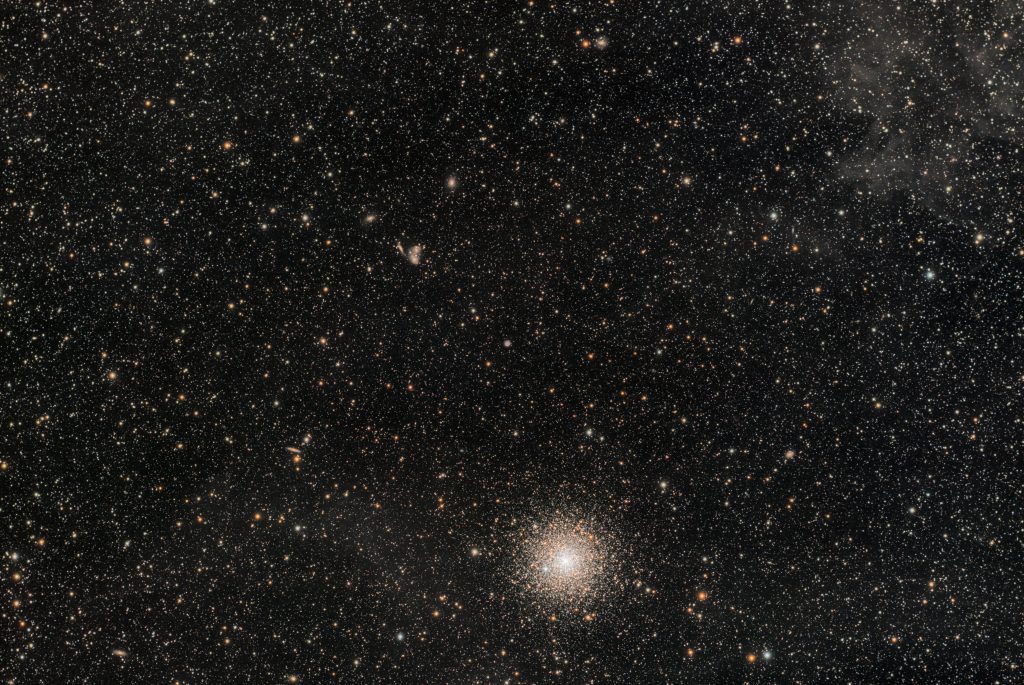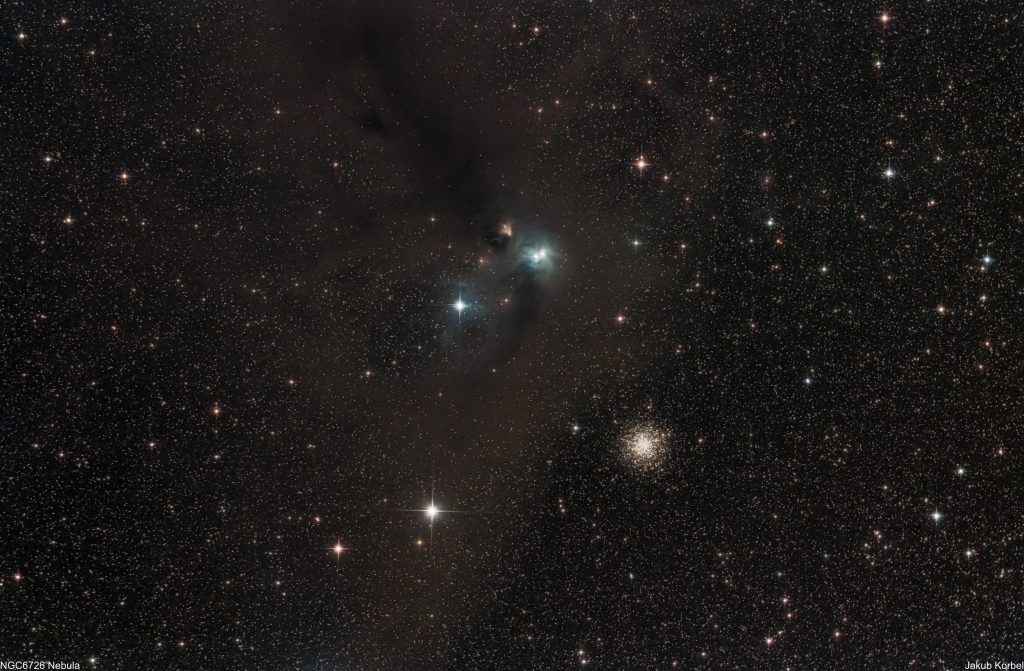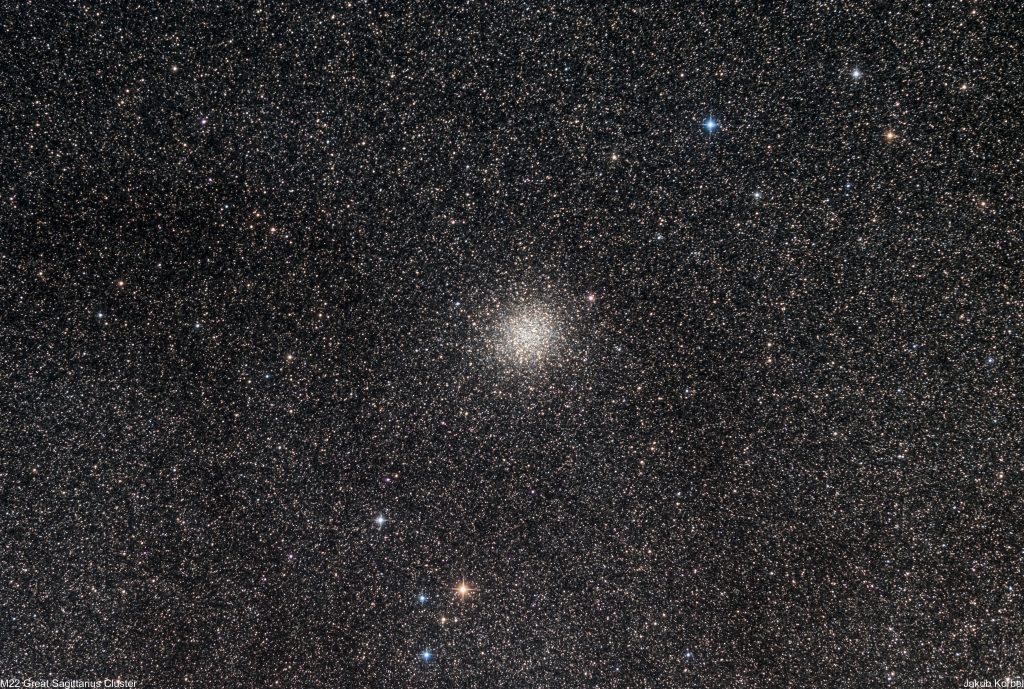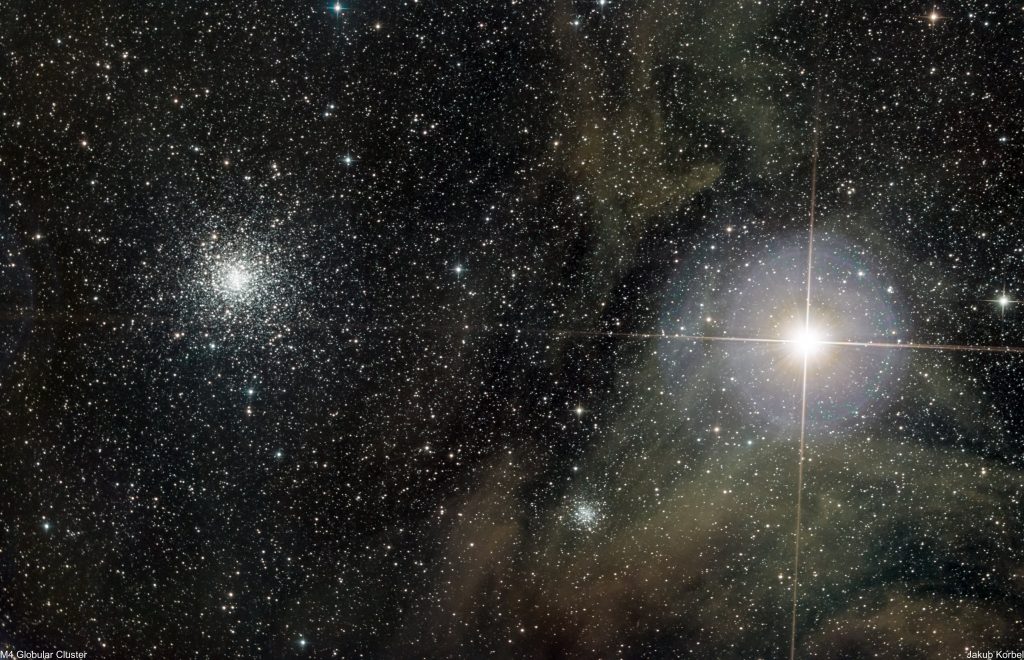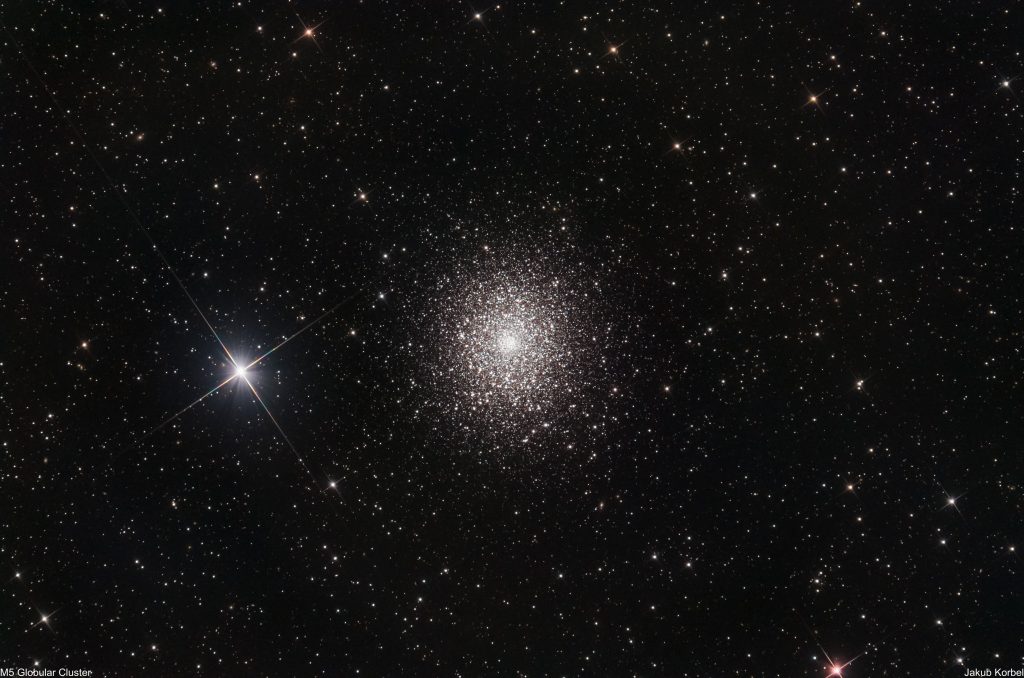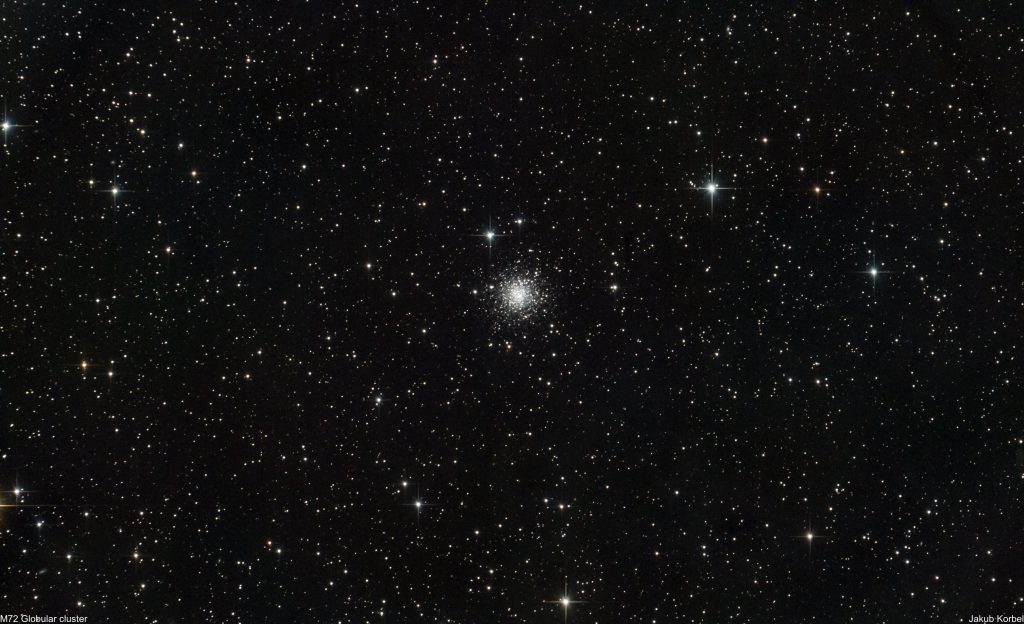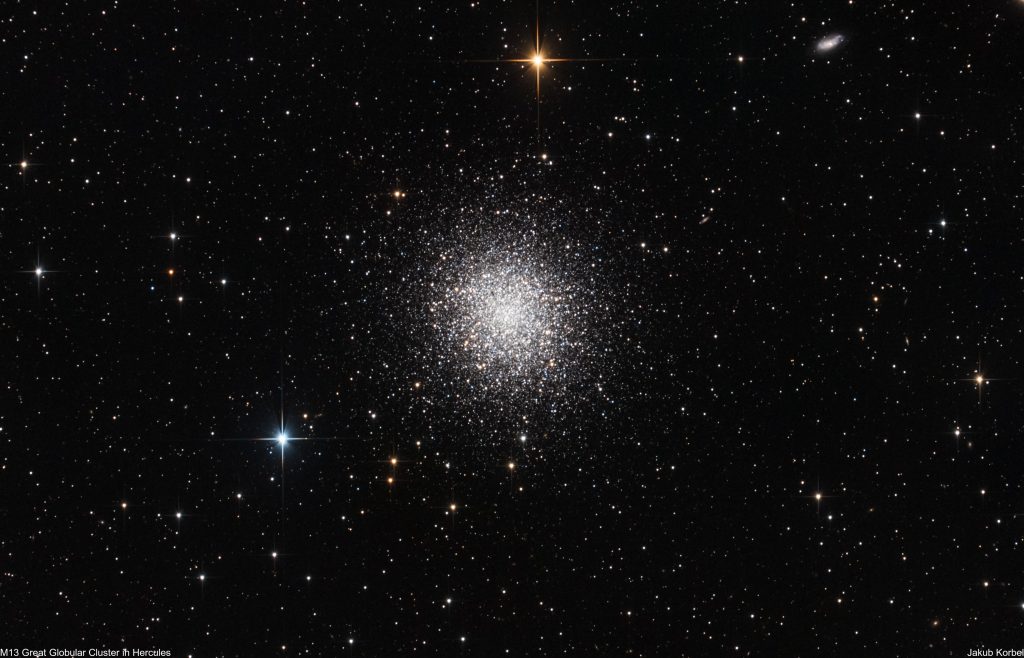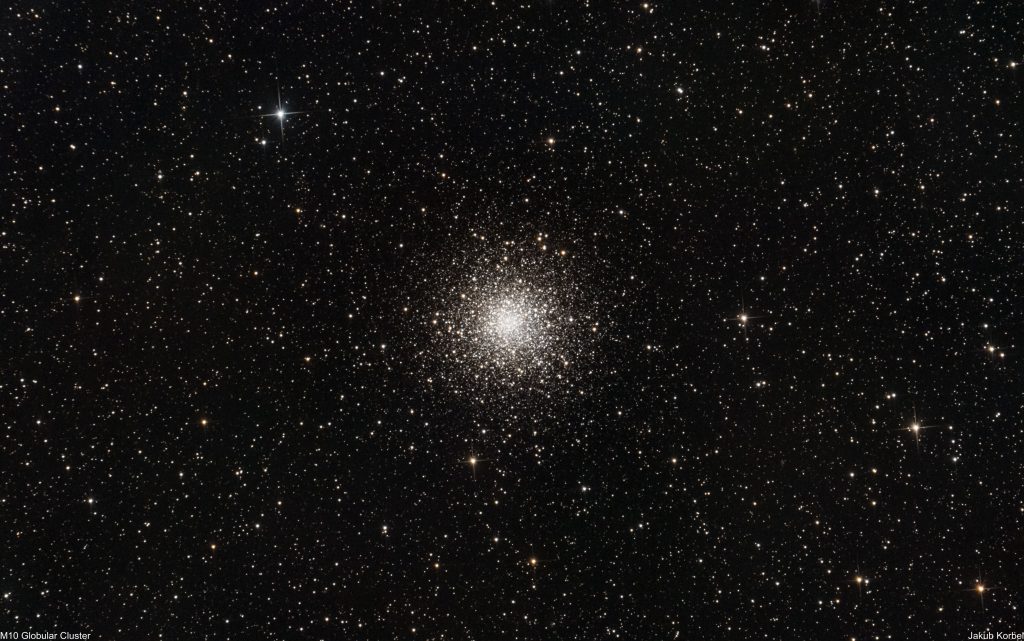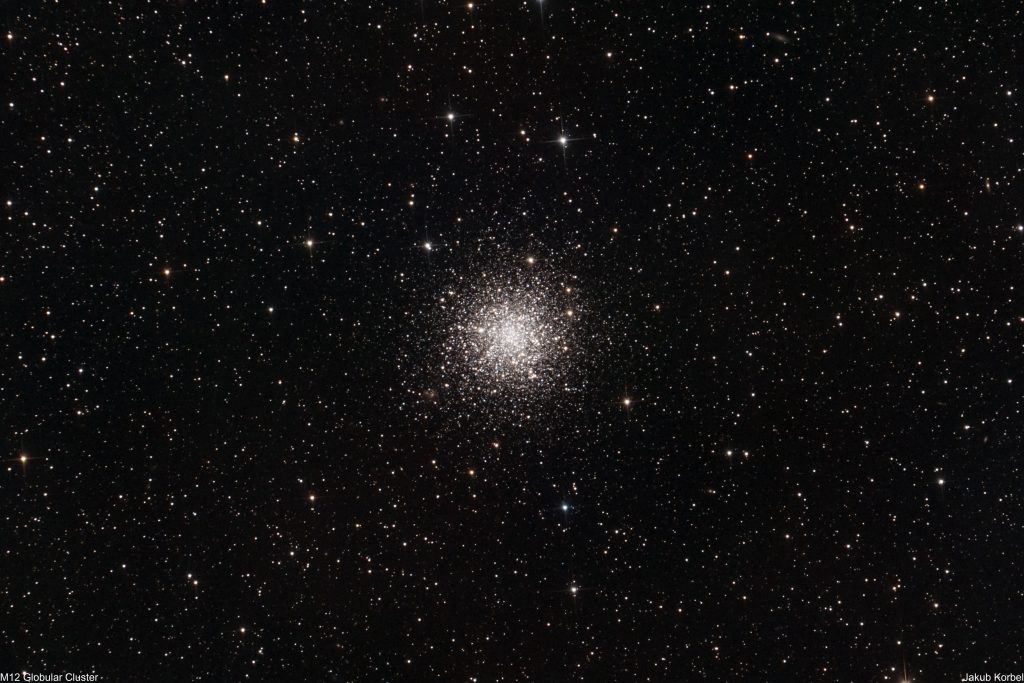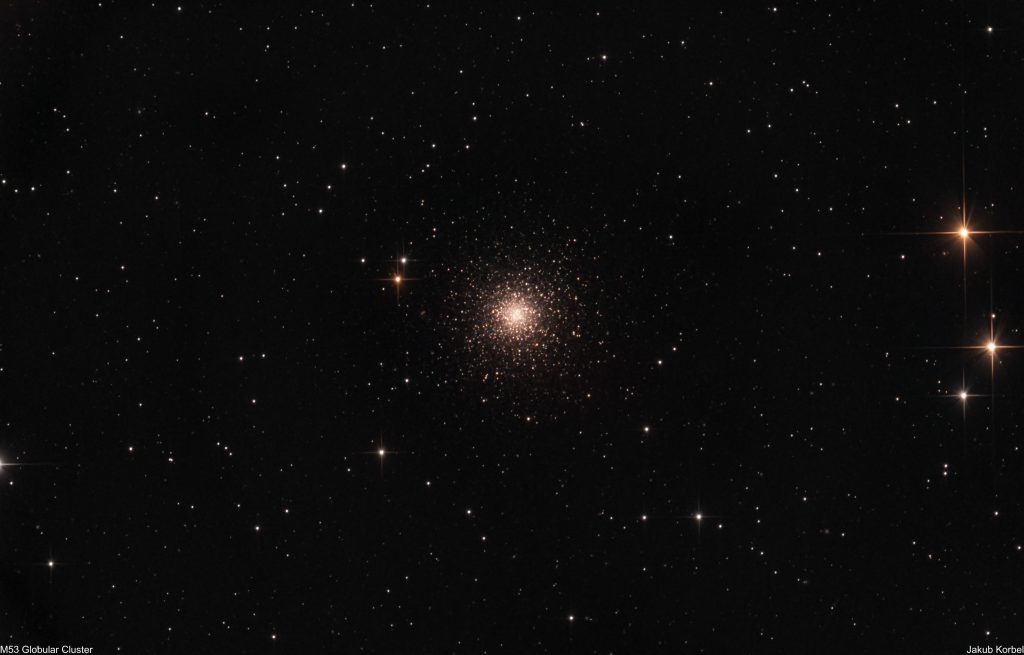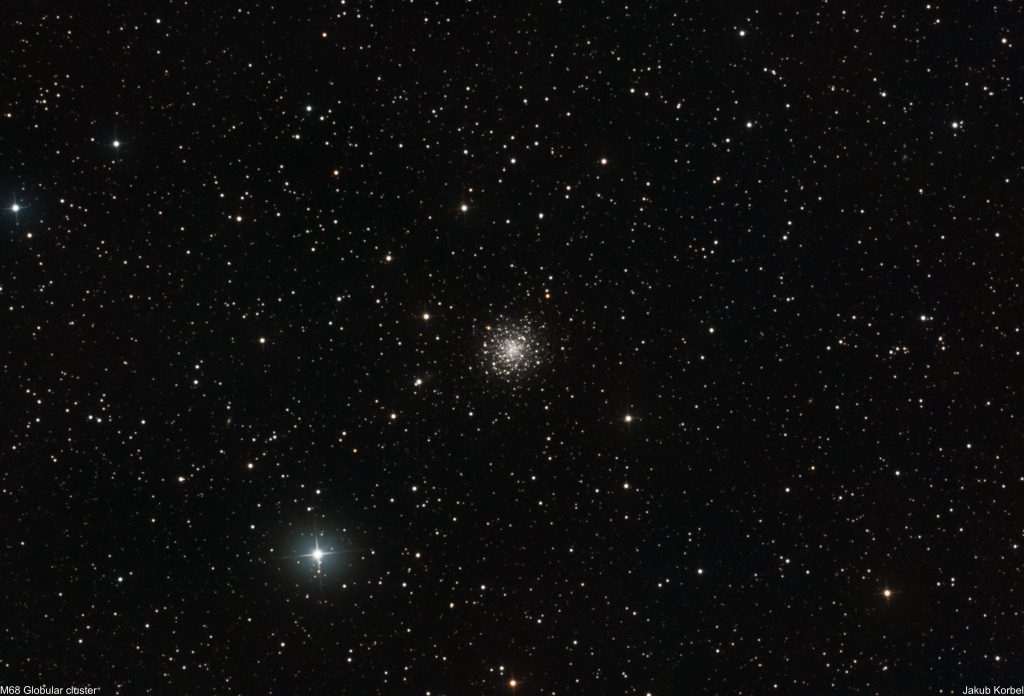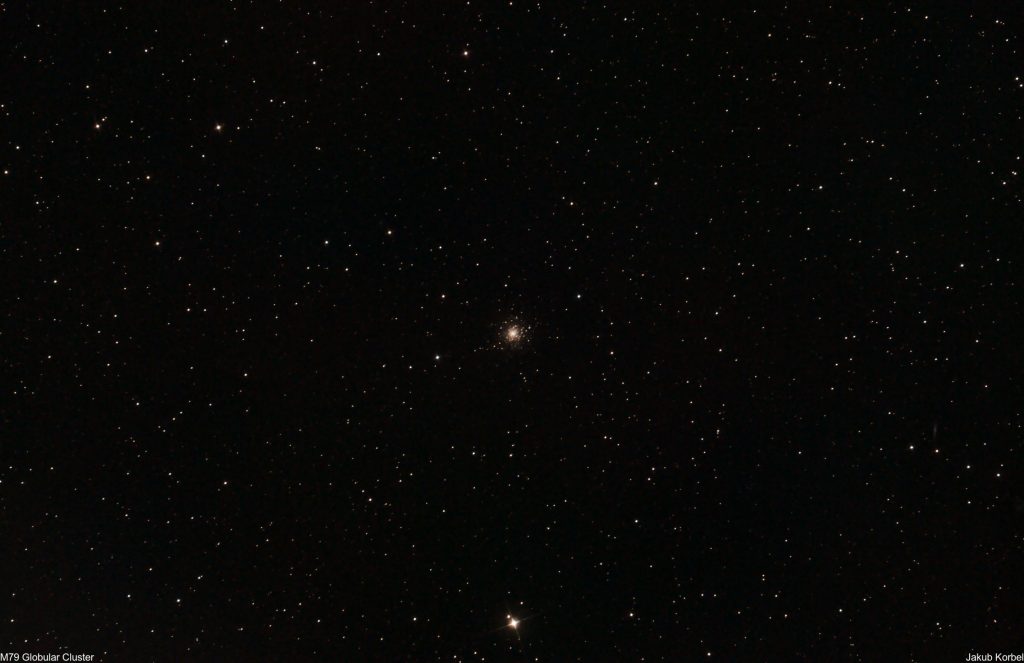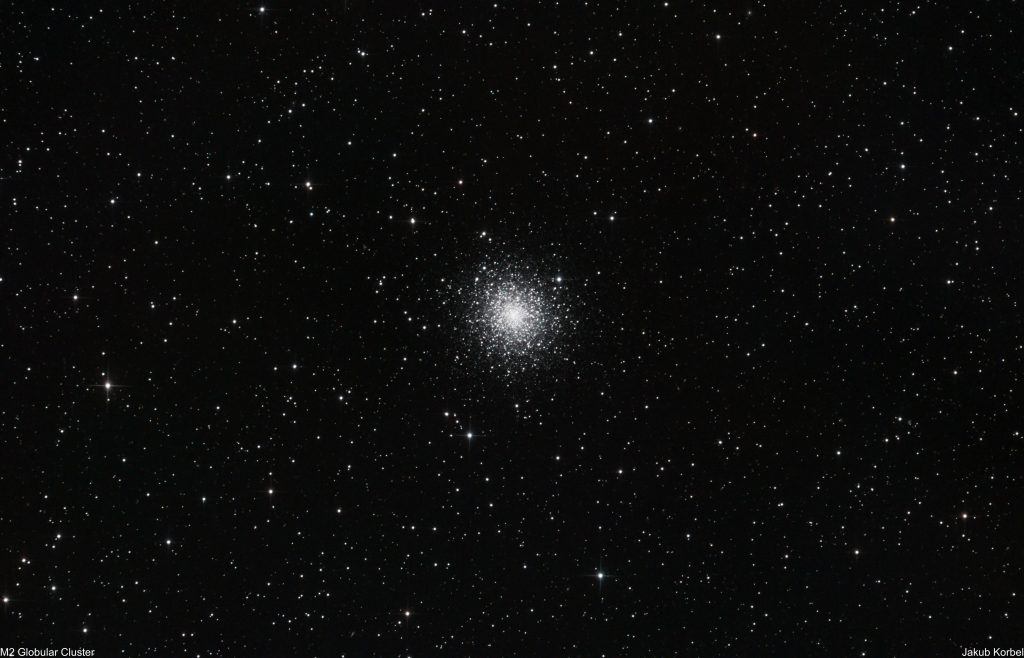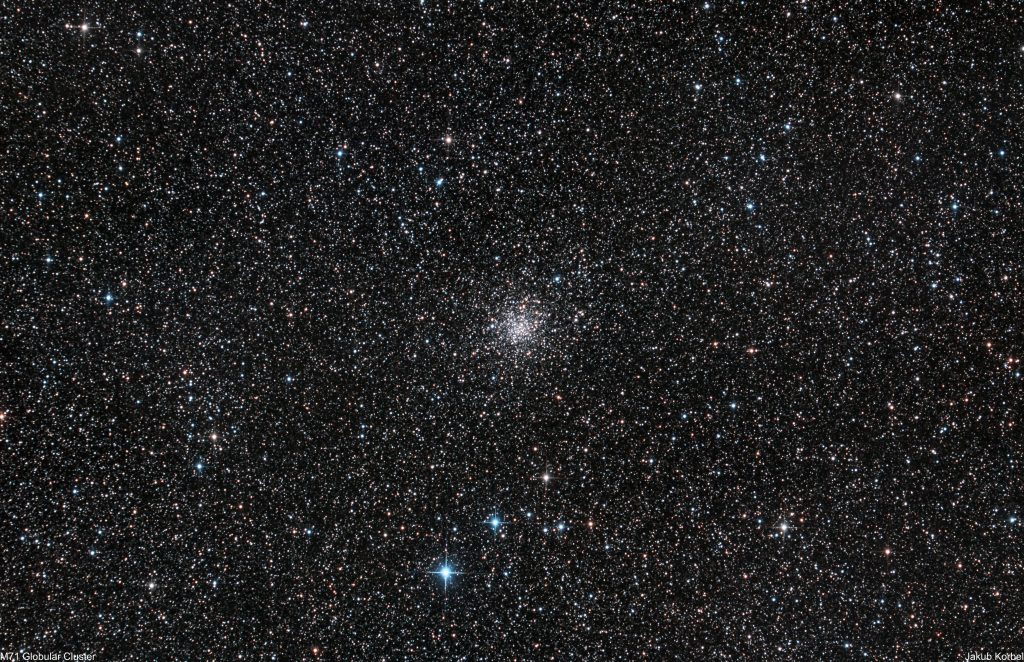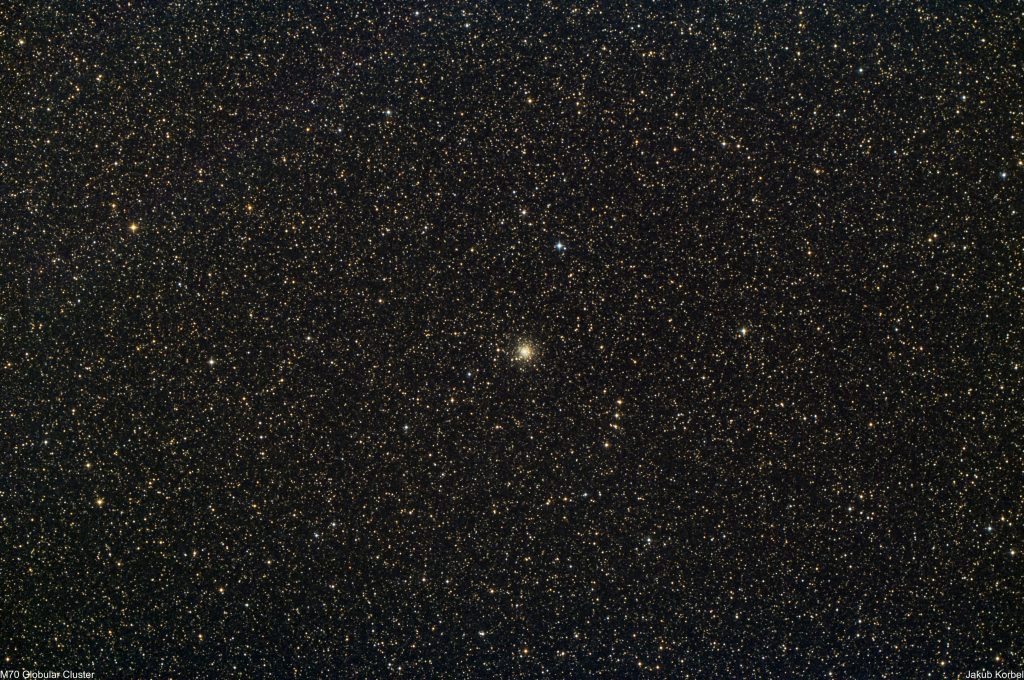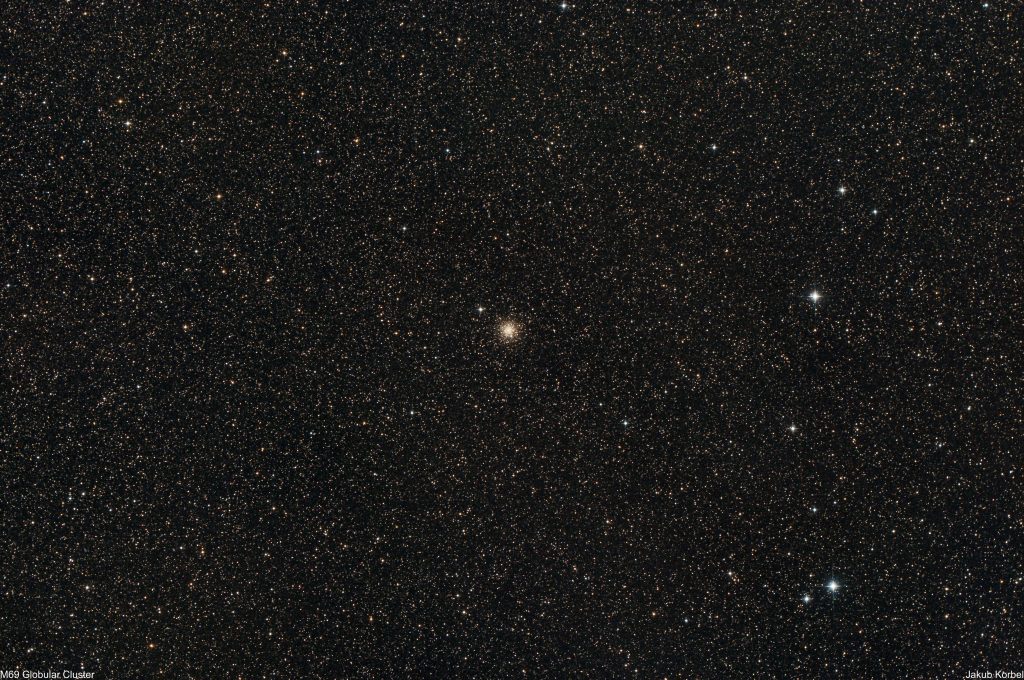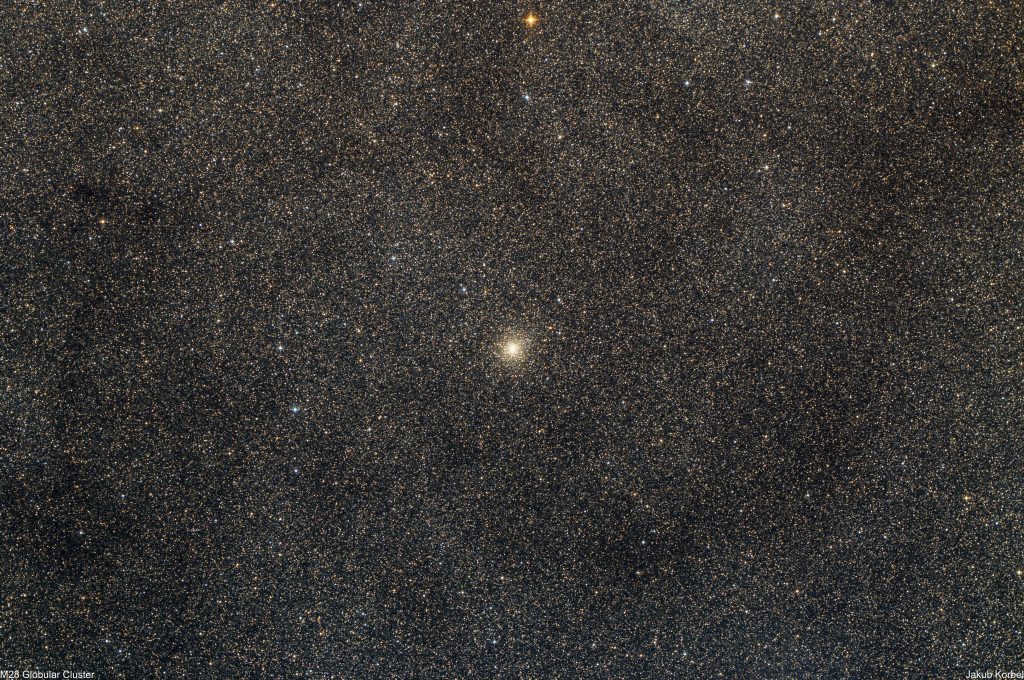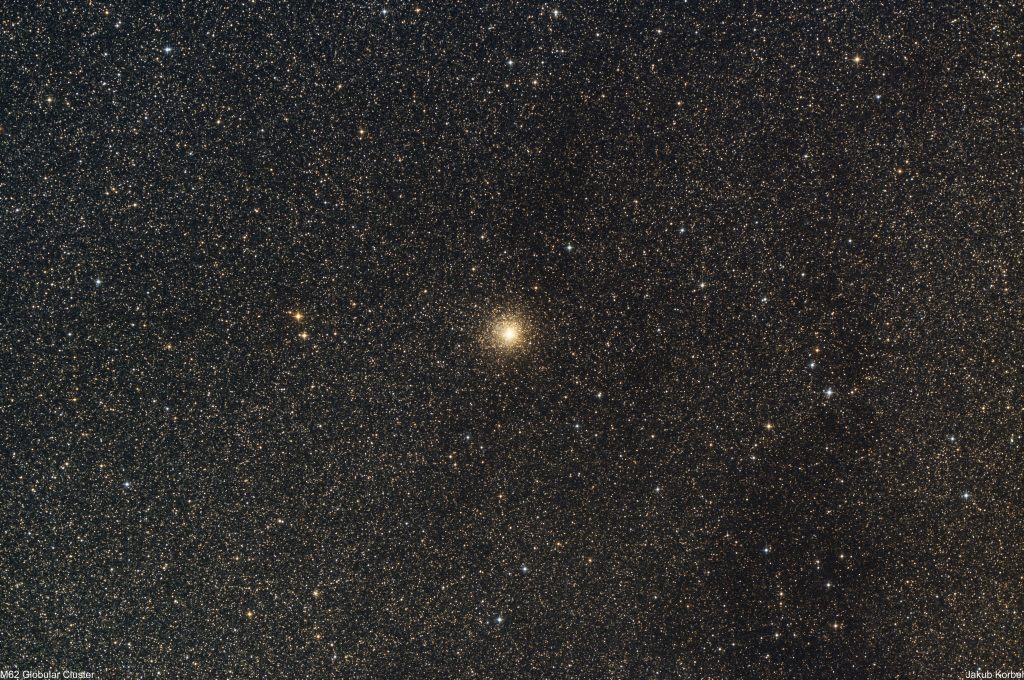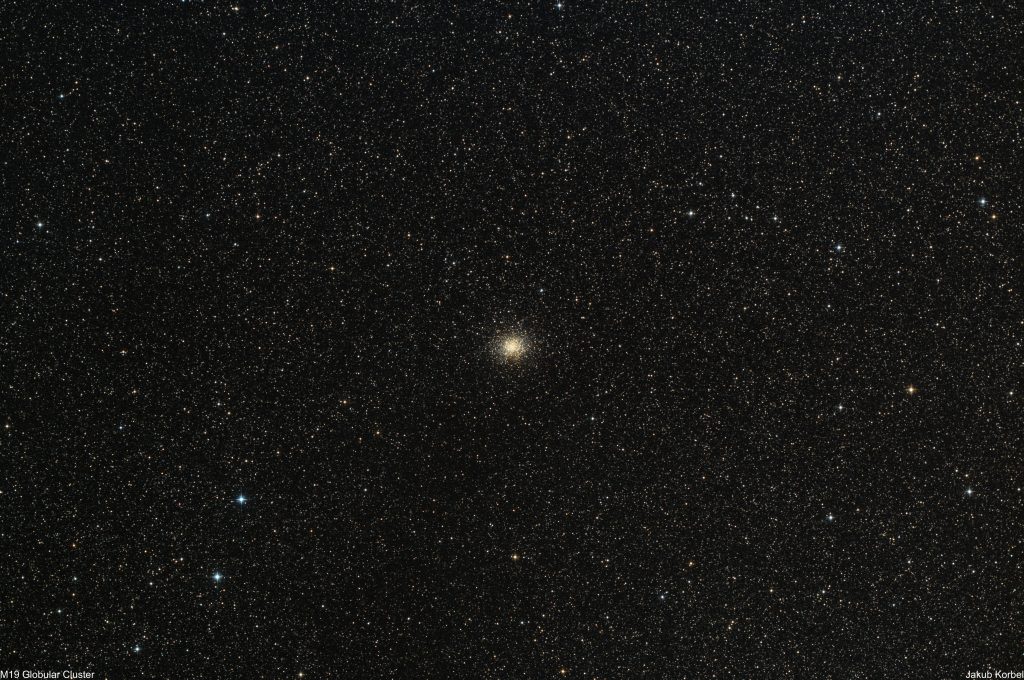NGC 5139 Omega Centauri is the biggest globular cluster in Milky Way. Even though this cluster is approximately 17 thousand light-years away from Earth, it can be seen even by unaided eyes. This is because it contains roughly 10 million stars. I managed to see this cluster in a very dark place in Namibia and I must say, it’s brighter than any other object in the sky.
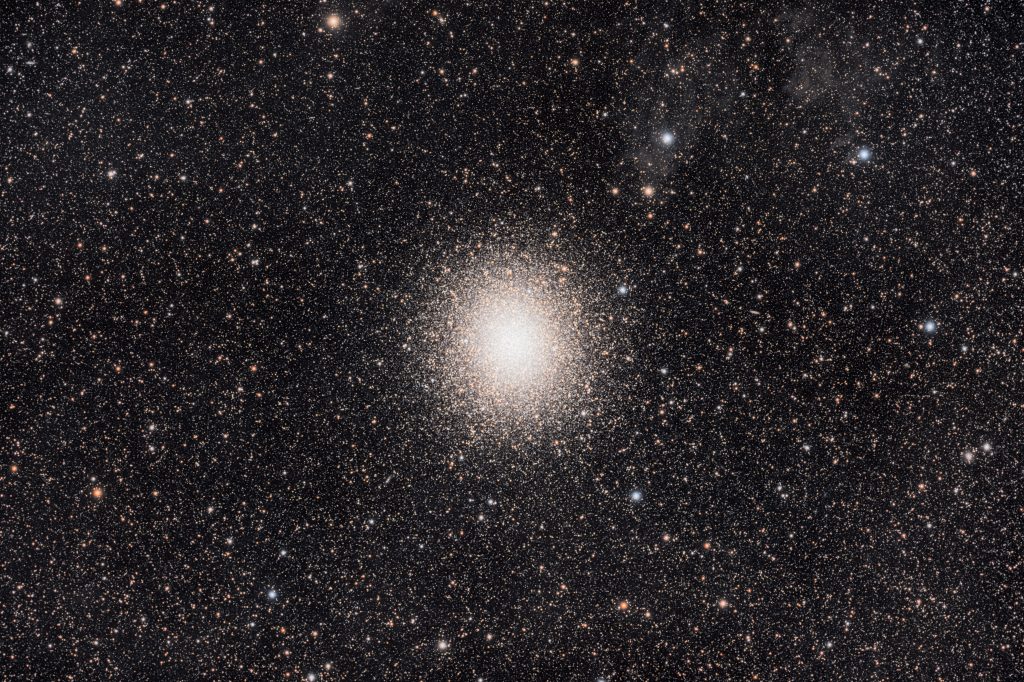
| Telescope | Sharpstar 94EDPH |
| Aperture | 94 mm |
| Focal length | 414 mm |
| Mount | Rainbow Astro RST 135 |
| Autoguiding | ZWO 174MM, QHY Mini Guide Scope |
| Camera | ZWO 2600MM @-10°C |
| Corrector | F4.4 Quad Reducer |
| Filters | Antlia LRGB |
| Exposure | 38x180s L, 12x180s RGB, Gain 100, bin 1x1, |
| Date | 2022-05-30 |

